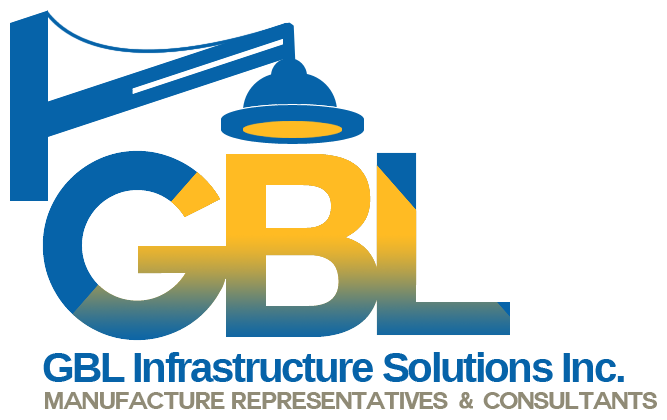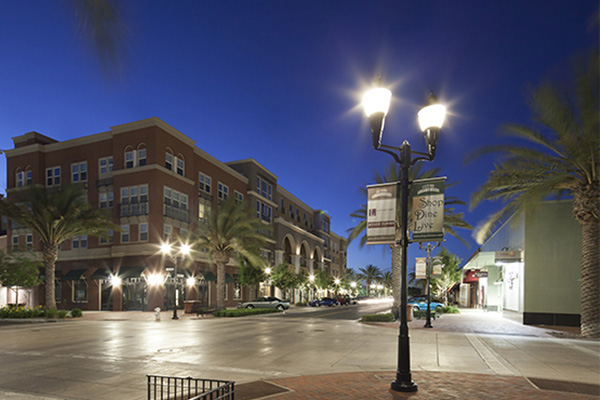Key Outdoor Lighting Design Considerations
Designing efficient lighting for large-scale projects requires a combination of strategic planning, innovative technology, and a deep understanding of the specific needs of the space. Whether it’s for a commercial development, a public park, or an urban area, the right lighting can enhance safety, aesthetics, and energy efficiency. This blog explores key steps and considerations in planning and designing effective outdoor lighting, with a focus on decorative LED site lighting and California LED outdoor lighting.
Assessing the Project Requirements
The first step in planning an efficient outdoor lighting design is to thoroughly assess the project’s requirements. This involves understanding the purpose of the lighting, the nature of the space, and the needs of its users. For instance, the lighting requirements for a commercial plaza will differ significantly from those of a recreational park or a pedestrian walkway.
Engage with stakeholders, including architects, urban planners, and community members, to gather input on the desired outcomes. Consider factors such as traffic patterns, safety concerns, and aesthetic preferences to ensure the lighting design aligns with the overall vision of the project.
Emphasizing Energy Efficiency
Energy efficiency is a crucial consideration in large-scale lighting projects. California LED outdoor lighting solutions are ideal for their low energy consumption and long lifespan. LEDs consume significantly less power than traditional lighting sources, reducing both operational costs and environmental impact.
To maximize energy efficiency, consider integrating smart lighting systems that adjust brightness based on ambient light levels and occupancy. This not only conserves energy but also extends the lifespan of the lighting fixtures. Solar-powered LED lights are another excellent option for sustainable outdoor lighting design, particularly in areas with ample sunlight.
Incorporating Decorative LED Site Lighting
While functionality is paramount, aesthetics play a significant role in the overall success of a lighting project. Decorative LED site lighting can transform a mundane space into a visually appealing environment. Choose fixtures that complement the architectural style and landscape of the area.
For instance, decorative LED poles can be used to create a cohesive and attractive look while providing ample illumination. These fixtures are available in various styles, from classic to contemporary, allowing for creative freedom in the design. Incorporating decorative elements can enhance the identity of the space and create a welcoming atmosphere for visitors.
Planning for Uniform Light Distribution
Uniform light distribution is essential in large-scale outdoor lighting design. Inconsistent lighting can create dark spots and glare, compromising safety and comfort. Use photometric analysis to ensure even distribution of light across the entire area. This analysis helps in selecting the right type and placement of fixtures to achieve optimal illumination levels.
Incorporate a mix of different lighting techniques, such as area lighting, pathway lighting, and accent lighting, to address various needs. For example, area lighting provides general illumination, while pathway lighting ensures safe navigation. Accent lighting highlights specific features, adding depth and interest to the design.
Compliance with Regulations and Standards
Adhering to local regulations and standards is crucial in large-scale lighting projects. In California, outdoor lighting must comply with the California Energy Commission’s Title 24 standards, which set requirements for energy efficiency and light pollution reduction. Ensure that the chosen lighting fixtures and design meet these standards to avoid legal complications and promote sustainability.
Consult with lighting professionals and regulatory bodies to ensure compliance. Regularly review and update the lighting design to incorporate any changes in regulations or advancements in technology.
Implementation and Maintenance
Once the design is finalized, the next step is implementation. Work with experienced contractors to ensure proper installation of the lighting fixtures. Quality installation is key to the longevity and performance of the lighting system.
Maintenance is another critical aspect of efficient outdoor lighting design. Develop a maintenance plan that includes regular inspections, cleaning, and replacement of fixtures as needed. LEDs require less maintenance compared to traditional lighting, but periodic checks are essential to ensure optimal performance.
California LED Outdoor Lighting For Infrastructure and More
Planning and designing efficient lighting for large-scale projects involves a meticulous approach that balances functionality, aesthetics, and sustainability. By incorporating decorative LED site lighting, leveraging California LED outdoor lighting solutions, and focusing on energy efficiency, you can create a lighting design that enhances the space and meets the needs of its users. With careful planning and execution, your large-scale lighting project can achieve both visual appeal and operational excellence. Contact the lighting professionals at Great Basin Lighting, our West Coast outdoor LED lighting company.


















